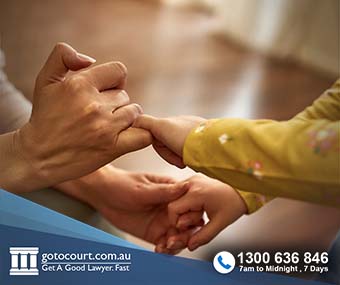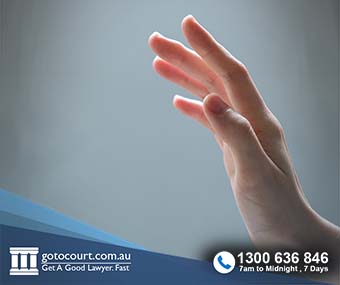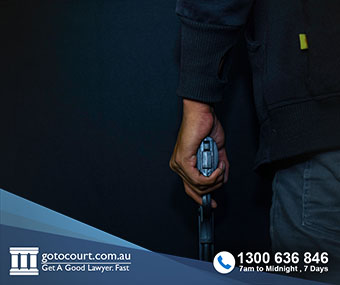Unlawfully Causing Serious Harm (NT)
Serious harm in the Northern Territory is what is known as ‘grievous bodily harm’ in many other jurisdictions. The offence is contained in section 181 of the NT Criminal Code and carries a maximum penalty of 14 years imprisonment. This article deals with the offence of causing serious harm in the NT.
How is serious harm defined?
Serious harm is defined as an injury that endangers life or is likely to be significant and longstanding. The extent of harm inflicted by an injury is generally assessed on the basis of the likely outcome if the victim has not received medical assistance.
What sorts of injuries amount to serious harm?
The following injuries have been found to amount to serious harm.
- A broken bone, such as a fractured mandible;
- A third-degree burn, such as that inflicted by boiling liquid;
- Unconsciousness;
- Infection with a serious disease such as HIV.
In the NT, a person can be charged with an aggravated assault where the victim suffered ‘harm’. The threshold required for ‘harm’ is much lower than that for ‘serious harm.’ ‘Harm’ requires only that the victim required medical attention, which may be limited to taking Panadol or putting a Band-Aid on a cut.
Jurisdiction
The offence of causing serious harm can only be finalised in the Supreme Court.
The offence carries a mandatory sentence provision stipulating that a person found guilty cannot be sentenced to less than one year of imprisonment unless the court considers that exceptional circumstances justify a lesser sentence.
When a person is charged with causing serious harm, they will have to attend a number of court events in the Magistrates Court (if they are an adult) or in the Children’s Court (if they are under 18). The matter will have to proceed through a committal and, if the court is satisfied that there is enough evidence to support a finding of guilt, be transferred to the Supreme Court. If there is not enough evidence to support a finding of guilty, the matter will be dismissed.
Once a matter has been committed to the Supreme Court, the accused will enter a plea of guilty or not guilty. The matter will then be adjourned either for a sentencing hearing or for a jury trial.
Proving a charge of causing serious harm
In order for a person to be found guilty of causing serious harm, the court will need to be satisfied beyond a reasonable doubt that:
- They did the physical acts that caused the harm;
- The harm amounted to serious harm;
- They were not acting in self-defence and there is no other legal defence that applies;
- They were acting unlawfully.
Defences
A person charged with causing serious harm can rely on a number of legal defences. These include:
Self-defence
A person is not guilty of an offence if they acted in self-defence or in defence of another person. If the defence raises self-defence at trial, the onus is on the prosecution to negative (disprove) the defence. This means that the prosecution must convince the court that the accused was not acting in self-defence.
In order for the defence of self-defence to succeed, the accused must have believed on reasonable grounds that it was necessary in self-defence to act as they did. The defensive conduct must have been proportionate to the level of threat faced at the time as the accused perceived the situation.
For a person to be found to have caused serious harm in self-defence, they would have to have been faced with a threat of death or serious harm, and not merely a minor injury.
Duress
A person is not guilty of an offence if they were acting under duress. Duress exists when a person is coerced to commit an illegal act by another person’s threat of death or serious injury if they do not comply with the demands.
For the defence of duress to succeed, the accused must have been facing a threat that would cause a person of ordinary firmness or courage to yield. The threat must have been ongoing and still acting on the mind of the accused at the time they committed the acts that make up the offence.
Automatism
A person is not guilty of an offence if they were acting as an automaton. Automatism occurs when a person is not consciously in control of their physical acts and is therefore acting without intention or foresight. An example of automatism is where a person commits an act while sleepwalking.
The act was not unlawful
A person cannot be found guilty of causing serious harm if they were acting lawfully. There are situations where serious harm may be caused through a lawful act. An example of this is where serious harm is caused by surgery being performed with the patient’s informed consent.
If you require legal advice or representation in any legal matter, please contact Go To Court Lawyers.








